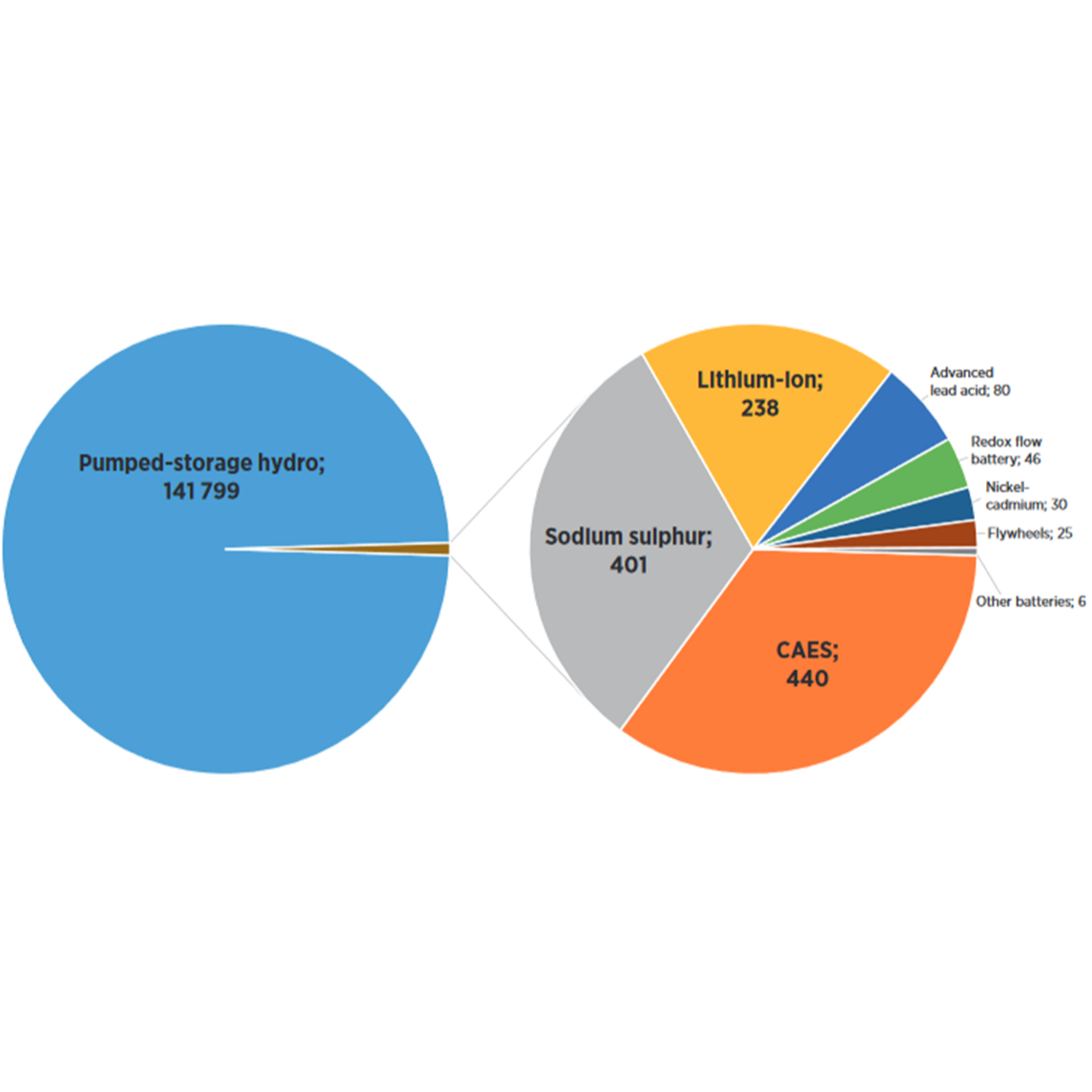All information in the datasheets is also available in ESDL (Energy System Description Language). You can find them in the Energy Data Repository (EDR).
Lithium-ion (Li-I) battery for large-scale temporal electricity storage
Lithium-ion (Li-I) batteries store electricity through a reversible chemical reaction. The basic components are a container, electrodes, and an electrolyte. By loading the battery, the electricity is transformed into chemical energy, while during discharge, electrochemical reactions occur at the two electrodes generating a flow of electrons through an external circuit (DNV KEMA, 2013).
Li-ion batteries can be used for a variety of applications in large-scale energy storage such as frequency regulation, temporal storage, and integrating renewables into the grid (making them more dispatchable). This factsheet focuses on long-term electricity storage applications with high energy capacity and discharge times of over 1 hour.
Downloads
Download hier de datasheet (PDF)
Gerelateerde publicaties

Toename aandeel hernieuwbare warmte
Haalbaarheid van de RED III-doelstellingen met het huidige beleid

Implementatie van energiedelen
Energy sharing: a new activity for active customers and energy communities

Verbruiksprofielen grootverbruikers elektriciteit en aardgas
Twee datasets publiek gemaakt om de vraag van grootverbruikers